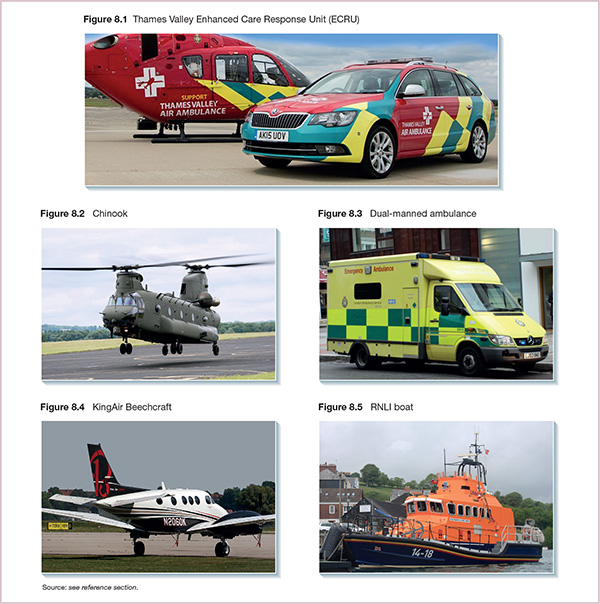8 Unique to the field of pre-hospital care is the need for practitioners to consider how best to get to the incident and how best to get the patient to definitive care. With the range of transport modes at the potential disposal of the pre-hospital care team, it is essential to have a basic understanding of the limitations of each. The decision-making process about the mode of transport is as crucial as the clinical interventions provided to the patient on-scene. Both are integral to the delivery of gold-standard care in the pre-hospital setting. The effects of the mode of transport on the patient, the medical equipment and in limiting possible medical interventions, must all be considered. Land ambulances are responsible for the delivery to hospital of the majority of patients in the pre-hospital care setting.
Pre-hospital transport

Land ambulance
Stay updated, free articles. Join our Telegram channel

Full access? Get Clinical Tree








